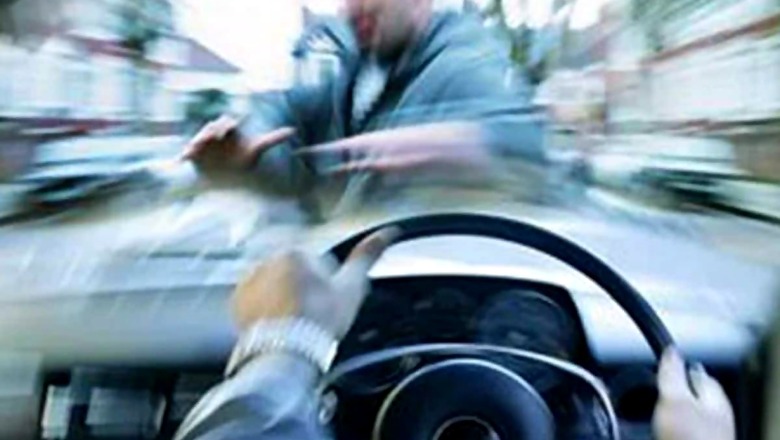
views
Connectivity between cars and motorcycles could significantly reduce the number of accidents involving two-wheelers. If all these vehicles could exchange information in real time, such as their precise location and speed of travel, it could alert drivers or even trigger certain functions such as automatic braking. A study report by the MAIF Foundation in collaboration with UTAC CERAM Millbrook, a specialist in automotive development and certification testing, highlights the potential of inter-vehicle connectivity in the prevention of accidents, in particular collisions between cars and motorcycles.
For the study, several common accident scenarios were reproduced to test the effectiveness of V2X connectivity, where vehicles communicate with each other and exchange information in real time. In all cases, an audible alert is sent to both vehicles when there is a real risk of collision. If the driver of the car does not react, the automatic braking system is triggered. These calculations are based on the position, movement and speed of each of the vehicles studied.
The results showed that this could prevent many accidents, especially in highly frequent situations, such as when a car enters a turn and a motorcycle arrives in front or is behind the car in its blind spot, when the motorcycle is coming from the left or at an intersection when the bike is coming from the right. These four scenarios alone account for 35% of motorcyclists injured in an accident with a car and 27% of those killed.
In all the test scenarios, the car speed does not exceed 40 km/h and the motorcycle speed does not exceed 80 km/h. At higher speeds, the warning may be sent too late and may not be able to prevent accidents occurring.
The V2X communication system is technologically ready, but it would need to be in widespread use in order to be truly effective. Moreover, the GPS must be particularly accurate for the system to work perfectly.
Read all the Latest News, Breaking News and Coronavirus News here.


















Comments
0 comment